Summary
- Consider a god’s alignment when choosing one for your character to ensure it fits your morality and ethics.
- Each god has a unique reign of influence, like friendship or evil, that can add depth to your character’s story.
- Be mindful of how your chosen god’s lore can impact both your character’s development and the overall world-building process.
Gods play an important role in the Dungeons & Dragons universe. They rule over the world and have powerful mortal servants in the form of Paladins and Clerics. These deities range from chaotic evil gods of death to benevolent goddesses of friendship, so there is a god for every kind of character a player or Dungeon Master may be creating. Gods also range widely in power and influence, but when selecting a god, it matters most that they fit well with a player’s character and that they are interested in further exploring the lore of their chosen deity.
6:46

Related
Best Dungeons & Dragons Games, Ranked
Dungeons and Dragons may have one of the widest, most impressive runs of any media franchise. From books to movies, the tabletop series is bigger than ever, but which game stands above the rest?
It is important to consider a god’s alignment, a category that describes a being’s morality and ethics, as well as their reign of influence — would a dwarf from a landlocked city worship a god of the sea? These are also great choices for beings that could work against the goals of the entire party, as many have servants that make for great enemy encounters. Whatever the play-style, gods can be a central aspect to both world building and character creation, so it is important that players find ones that suit their needs (and, of course, that they find cool and interesting).
10 Cyrrollalee
The Hand Of Fellowship
- Alignment: Lawful Good
- Reign of influence: trust, friendship, and hospitality
- Symbol: an open door
A goddess of the home and hearth, Cyrrollalee appears as a halfling woman with brown hair. Her followers are usually female halflings, but she would make a great patron for any hero who believes in loyalty and friendship. A member of the halfling pantheon, she was once a powerful servant of Sheela Peryroyl, the halfling goddess of nature, song, and dance.
Many D&D gods are great for morally gray anti-heroes, but Cyrrollalee is here for the classic, heroic kind adventurer. Even though she is benevolent overall, she doesn’t take kindly to burglars, invaders, or betrayers.
9 Deep Sashelas
Lord Of The Undersea
- Alignment: Chaotic Good
- Reign of influence: creativity, knowledge, and the sea
- Symbol: a dolphin
Appearing as a sea elf with bluish-green skin, this charismatic elven god of the sea would make an excellent patron deity for a pirate paladin with a heart of gold. Followers are inspired to build bridges between aquatic races (like sea elves and mermaids) and non-aquatic races and are creators of various art forms.
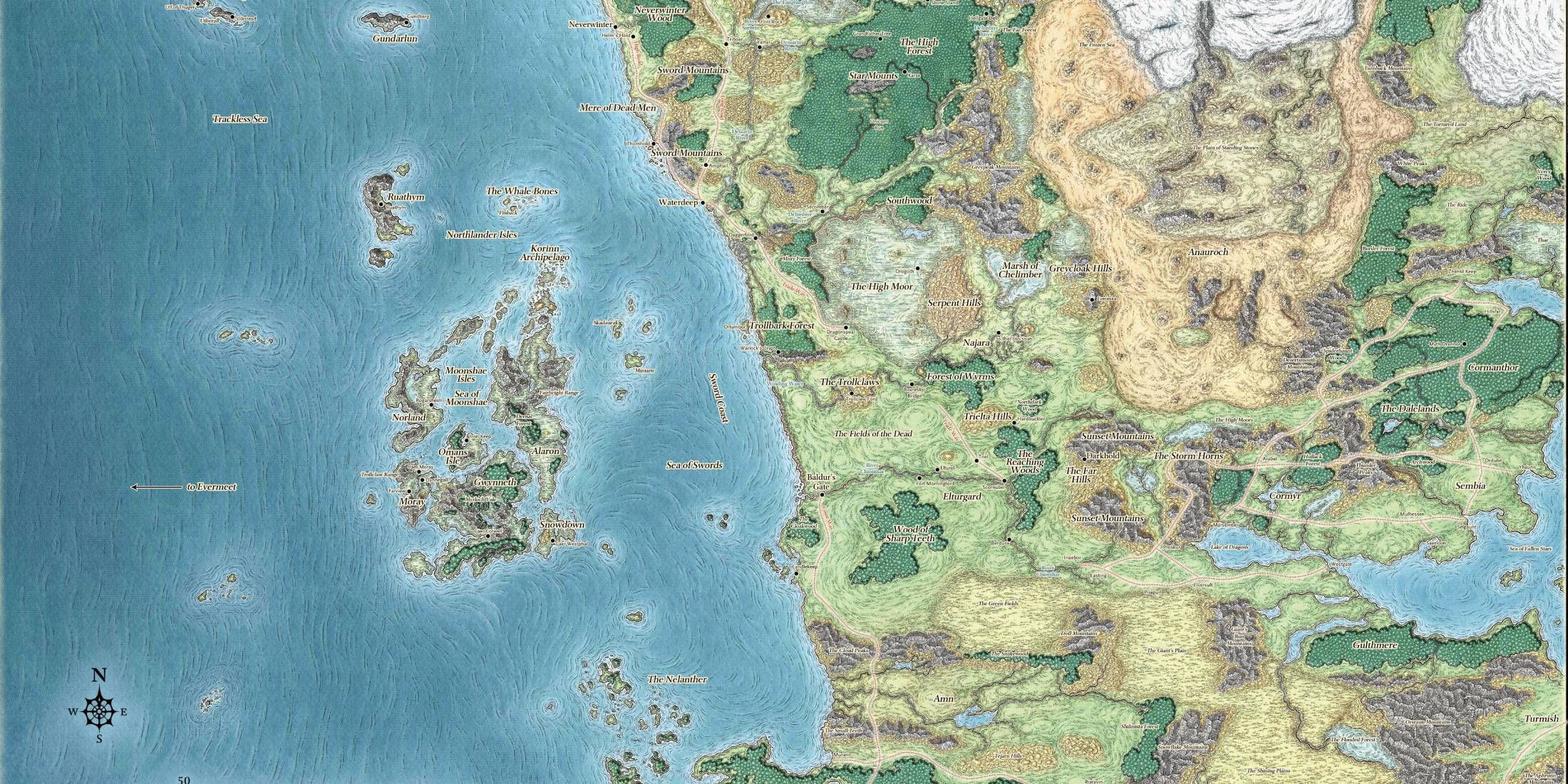
Related
Dungeons and Dragons: 7 Best Faerun Cities to Start a Campaign
From great lore to intriguing opportunities, these Faerun cities are an excellent starting point for any Dungeons & Dragons campaign.
While generally being friendly with other gods, Deep Sashelas has a rivalry with Umberlee, the evil human goddess of the sea, and with the drow pantheon (other than Elistrae). He is also often in conflict with Sekolah the Great Shark, who would make an excellent big bad for a seafaring campaign.
8 Lolth
Queen Of Spiders
- Alignment: Chaotic Evil
- Reign of influence: Spiders, darkness, evil drow, assassins, cruelty
- Symbol: Spider
The cruel goddess of spiders can appear as a beautiful drow woman or a giant, black-eyed spider. She despises weakness and kindness and requires sacrifice from her followers. A cleric of Lolth will be kept on their toes: she will send her servants after those who aren’t performing to her standards.
Lolth would make an excellent goddess to worship for a drow assassin and a great enemy for a party of do-gooders. She is also a potential patron for players in Baldur’s Gate 3, where she can be mentioned in dialog with evil drow in the underdark. Her most direct enemy is her daughter, Elistrae.
7 Yurtrus
White-Hands
- Alignment: Neutral Evil
- Reign of influence: Death, decay, disease
- Symbol: A white hand
Yurtus is the orc god of disease; his followers wear gloves made from the bleached skin of thinking creatures and carry bone-white maces as holy symbols. He appears as a giant orc, partially rotting, with white hands and no mouth. Terrifying!

Related
Dungeons and Dragons: The Best Domains of Dread, Ranked
Not all Domains of Dread in Dungeons and Dragons are created equal. Here are some of the best of the bunch.
He is even feared by the powerful orcish god of war, Gruumsh, and does not get along well with the rest of the orc pantheon. A perfect patron for an evil half-orc, this deity is truly fearsome. Orc lore is some of the most under utilized content in Dungeons and Dragons, but it is super compelling.
6 Elistrae
The Dark Dancer
- Alignment: Chaotic Good
- Reign of influence: Beauty, dance, freedom
- Symbol: Female drow and sword in front of a full moon
Daughter of Lolth, Elistrae wants freedom from the dark Seledrine for the drow and harmony with other races. She broke off from the rest of the drow pantheon, also called the Dark Seldarine, during the descent of the drow. She values love in all forms, music, and beauty, and she appears as a tall drow woman with long hair and large eyes.
Elistrae is a popular goddess in the D&D universe for her story of resistance and rebellion against her evil family. She has a unique backstory and would make a great fit for a cleric or paladin with complex feelings about their own history. Like her mother, she also appears in Baldur’s Gate 3 as a potential patron for clerics. Players can also find her sword, Phalar Aluve, in the underdark.
5 Bahamut
Angel Of The Seven Heavens
- Alignment: Lawful Good
- Reign of influence: Dragons, wisdom, justice
- Symbol: Profile of a dragon’s head
A benevolent platinum dragon, Bahamut is the draconic god of justice. He has battled Tiamat (his evil sister) for centuries, at one point even losing his immortal status for a period of time. Even so, he is extremely powerful, though he prefers not to sully himself with bloodshed.
Sometimes appearing in his true form or as an old human wizard, Bahamut rarely chooses mortals to serve him. His faithful are usually dragonborn or other dragons, though some non-draconic clerics will study under Wyrm teachers. His followers mimic his pacifist teachings but are often on quests to thwart Tiamat’s evil plans.
4 Selune
The Moonmaiden
- Alignment: Chaotic Good
- Reign of influence: Knowledge, life, the stars, navigation, twilight
- Symbol: Eyes surrounded by seven stars
The goddess of the moon is good, but not always reliable. Like the phases of the moon, her moods and whims tend to shift often — sometimes, her followers get the benefit of her presence, and sometimes, she is reserved and absent. She represents life and presence, an antithesis to her sister Shar, who represents darkness and absence. Their rivalry has gone on since before recorded history.
Her followers are a diverse group, consisting of sailors, farmers, and even lycanthropes — werewolf paladin of Selune, anyone? She is a major player in Baldur’s Gate 3 along with her sister.
3 Tiamat
The Dragon Queen
- Alignment: Lawful Evil
- Reign of influence: Evil dragons, greed, evil in general
- Symbol: A dragon head with five claw marks
Bahamut’s eternal enemy, Tiamat, is a five-headed dragon goddess with formidable power in her claws and a tail with a venomous sting. Each head corresponds with a different chromatic color and possesses a different breath weapon. She has been battling her brother for centuries and sometimes manifests in Avernus.
Tiamat is extremely powerful and thus would make a formidable enemy for even the most advanced parties. Her cult of followers, The Cult of The Dragon, would also make great enemy encounters for a good-aligned party.
2 Shar
Lady Of Loss
- Alignment: Neutral Evil
- Reign of influence: Darkness, loss, forgetting
- Symbol: A black disc with a purple border
Selune’s dark sister is one of the most powerful beings in the D&D universe. She is the embodiment of void and absence. She enjoys secrets, pain, and concealment. She rarely appears in the mortal realm in a humanoid shape, preferring to appear as tendrils of darkness (as she does in Baldur’s Gate 3).
To Shar, hope is foolish and life is empty. Her followers often turn to her because they want to forget a deep and personal pain, like abuse or the loss of a loved one. They are secretive and practice covertly, as organized Shar worship is often outright banned in larger communities.
1 Kelemvor
The Great Guide
- Alignment: Lawful Neutral
- Reign of Influence: Death
- Symbol: A skeletal arm holding scales
The god of the dead, Kelemvor was once a mortal warrior who ascended to godhood after Mask, the god of shadows and thievery, kept his soul hidden for centuries in order to manipulate Mystra, the goddess of magic and Kelemvor’s former lover (she, too, was once mortal and ascended to godhood later). Once he became the god of death, Kelemvor attempted to reorder the realm of the dead, with good souls allowed into elysium-like spaces and bad ones into hell-like spaces. Instead of encouraging evil mortals to become good, this system encouraged good mortals to die sooner.

Related
Most Iconic D&D Monsters And Their Lore
Nothing says Dungeons & Dragons more than these beasts and their fascinating lore.
Kelemvor again reordered the realm of the dead to a neutral, gray space where souls of similar morality are grouped together, expected to conduct themselves in death similarly to how they lived their lives. This once-human god has struggled with his immortal and powerful status; he is uncomfortable with his position as final judge and jury. His followers believe that death is simply a part of life and make it their mission to destroy all undead.
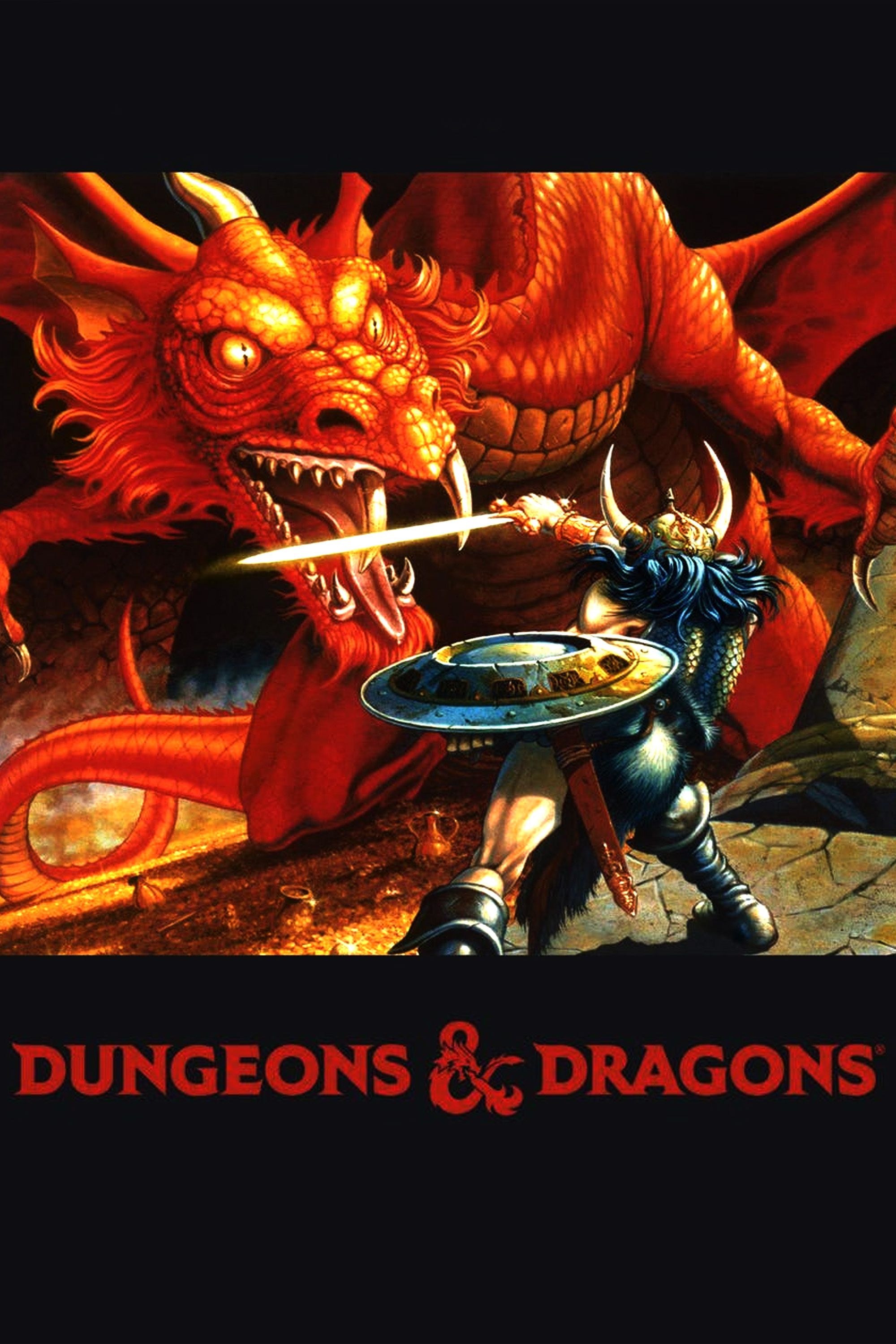
Dungeons and Dragons
- Franchise
- Dungeons & Dragons
- Original Release Date
- 1974-00-00
- Designer
- E. Gary Gygax , Dave Arneson
Source link

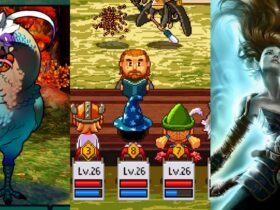





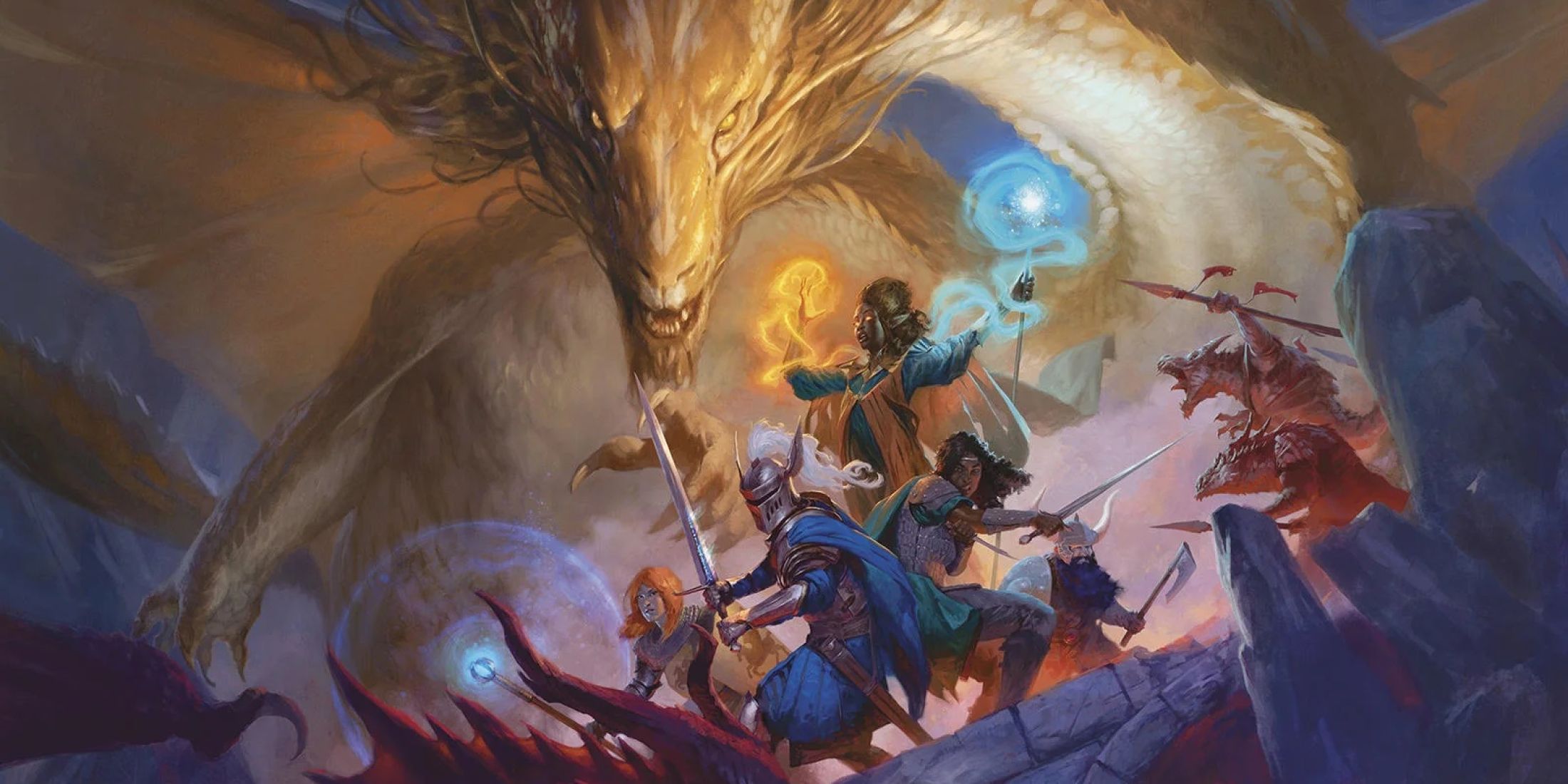













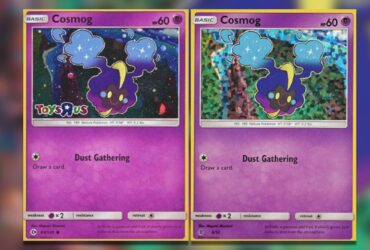
Leave a Reply